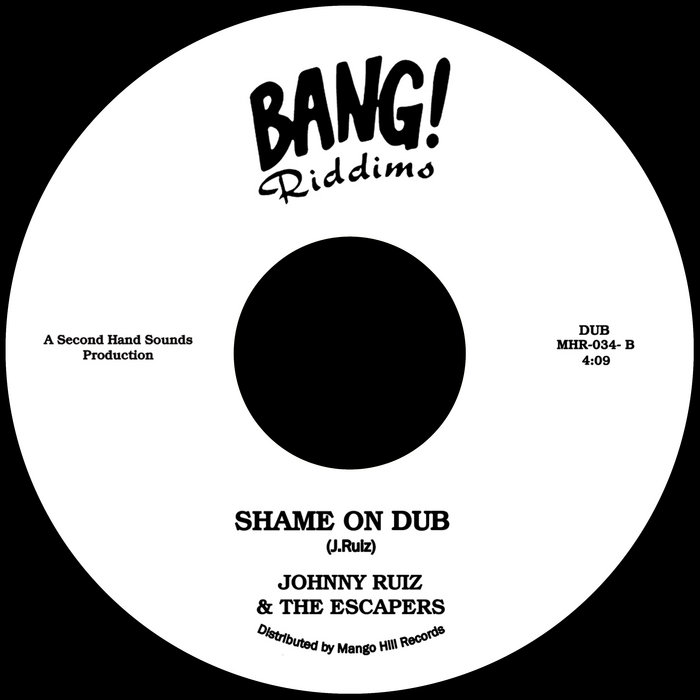
Shame On Dub – Johnny Ruiz & The Escapers
this blog is GROOVY – check out great Soul, Funk, Jazz, Hip Hop, Bass, Breaks , Reggae, House n many more TUNES
Hey there, music lovers! Let’s take a delightful trip through the vibrant world of Mambo—a spicy genre that’ll get your feet tapping and your body shaking. Known for its infectious rhythms and upbeat vibes, mambo is a musical style that’s as colorful as the dancers who groove to it. So, grab your dancing shoes and let’s slide into the history of this electrifying sound!
Mambo’s roots stretch back to Cuba in the 1930s, where it emerged as a fusion of traditional Afro-Cuban rhythms and jazz influences brought by American musicians. The term “mambo” comes from a Kikongo word meaning “conversation with the spirits,” which perfectly encapsulates how this genre communicates joy through rhythm!
By blending elements like son montuno (a precursor to salsa) with big band jazz, mambo created something totally fresh. Suddenly, dance halls were alive with lively brass sections and syncopated beats.
One name you can’t forget is Damaso Perez Prado—the self-proclaimed King of Mambo! This guy was all about those catchy melodies and wild arrangements. His hit track “Mambo No. 5” (not to be confused with Lou Bega’s version!) took clubs by storm in the 1940s.
Prado wasn’t just creating great tunes; he had quite the personality too! He loved showing off his dapper suits (seriously stylish), often jokingly declaring that his bands played so well they could make even statues dance!
In post-World War II America, mambo exploded onto mainstream culture thanks largely to Cuban immigrants bringing their flavor stateside. New York City became a hotspot for mambo fever during the late ’40s and early ’50s.
The legendary Tito Puente also joined in on this funky fiesta! He was known as “El Rey del Timbal,” dazzling audiences not only with his amazing timbales but also with his charismatic stage presence. Here’s a funny tidbit: Tito once said he never practiced because if he did too much, he’d lose that spontaneous energy that made him unique on stage—it seems spontaneity works wonders!
And we can’t forget about Machito (real name Francisco Raúl Gutiérrez Grillo). Alongside his band Machito & His Afro-Cubans, he brought an amazing mix of Afro-Cuban sounds right into palaces like Birdland jazz club in NYC—a place famous for its heavy-hitting artists like Dizzy Gillespie.
As mambo surged through American culture like warm butter on hot cornbread, it birthed crazes across ballrooms everywhere! Dancing schools popped up overnight teaching folks how to move their hips like they just don’t care.
Ever hear about “The Mambo Competition”? Back then it wasn’t just about fancy footwork; couples often tried out outrageous moves while trying not to step on each other’s toes—not easy when everyone was getting down all at once!
One amusing legend surrounds an intense competition featuring famous dancer Penny Dancer—rumor has it she got so caught up in her spins one night that she accidentally twirled right off stage while attempting what some claimed were “advanced air-mambos!” Talk about leaving them wanting more!
Through time—from cha-cha-cha nuances sprouting outta those swaying personas under disco balls—to salsa eventually taking center-stage—the essence of mambo found its way into various genres around Latin music today.
Yet we still groove back every now & again exploring classic tracks reminiscent of those exciting days when life swung faster than any limbo challenge—and don’t think we’ve forgotten our beach-side cha-cha-chas along Miami shores either!
Many contemporary artists embrace these roots too—for instance Marc Anthony, always rocks remnants loyalist vibes within modern rhythms keeping us feeling connected doncha know?
Puerto Rican Singer Ismael Rivera had more stories than songs—even claiming he’d once tried singing underwater during rehearsals (“You gotta try everything!”).
When young singer-songwriter Gloria Estefan started her career performing traditional Latin music—including bits from early mamba—you’d wagged worries over whether she’d ever break free from being pigeonholed until… Lo y behold—we now sing along happily every New Year celebrating another decade since ďe La Vida Es Un Carnaval burned bright across radio stations worldwide shining goodwill wherever Spanish flew strong alongside English lyrics populating charts special too!!
Did you know actors take part? Legendary actor/performer Desi Arnaz played Ricky Ricardo back when people thought cuban-xperience might limit their comedic charm after laughing fitfully during weekly episodes? Just Google ‘I Love Lucy’ scenes & check out how Arnold dances behind sets without missing beats cleverly still making audience laugh till tears roll amidst fabulous slapstick humor—who knew mixing traditions could birth such smiles!?
4 .Playful trombonist Gustavo Dudamel is known for jumping up suddenly mid-performance brandishing slices watermelon forcing fellow orchestra members choke laughter yet carry mood bouncing swiftly away under resounding thunderous applause afterwards proving there’s always room for lightness amid serious artistry perfectionism–hey who are we kidding!?
So there ya have it—the jazzy journey of mambo, full of ups-and-downs infused rhythmically breathing life no matter where you’ve come or gone before listening intently sharing good times forevermore!!
Now go ahead tap your feet or swing around – let’s keep spreading love through music – no better way than connecting heartbeats together peppered appropriately some fun stories mixed giggle-worthy antics giving credit where due ultimately paying homage legacy honored richly generations young old alike!!

Shame On Dub – Johnny Ruiz & The Escapers

La Voz De Oro – Mango Hill Records

Monkey See Monkey Do ( 2014 Version ) – Sabrosura! Records

Part Of Me – Mango Hill Records
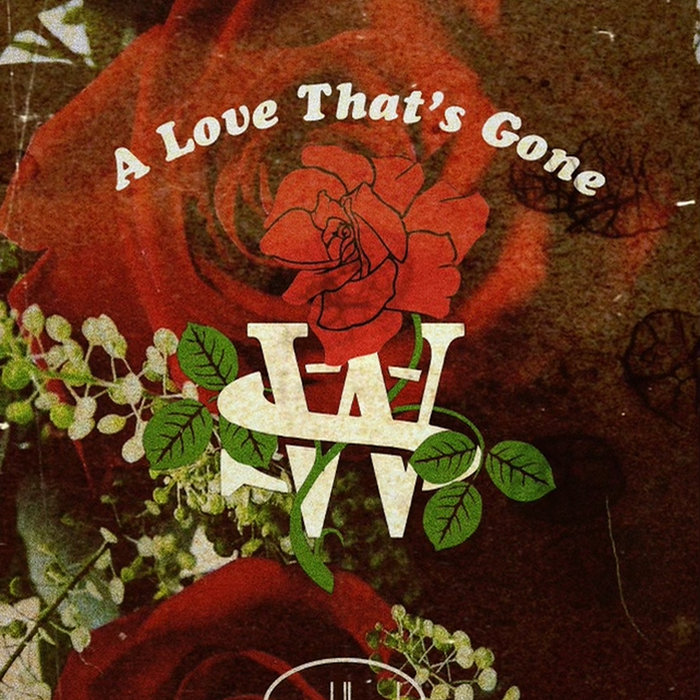
A love That’s Gone – Mango Hill Records
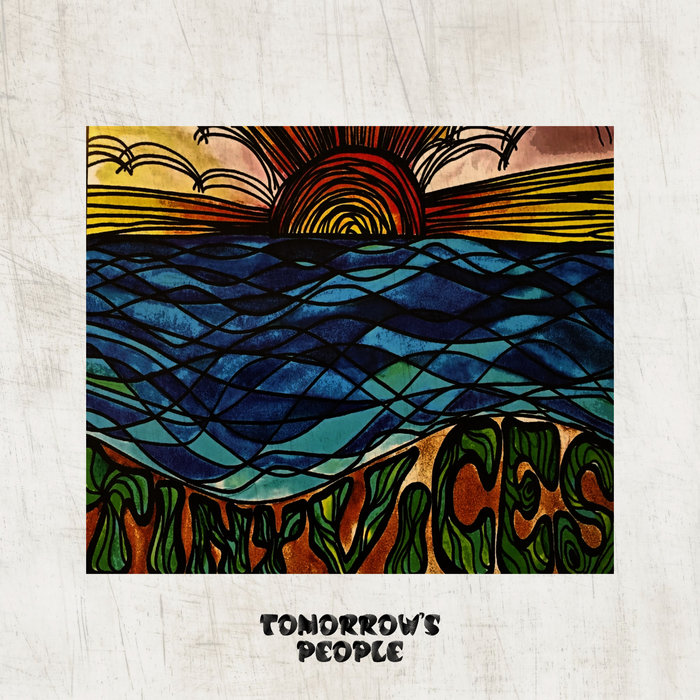
Run Along – Mango Hill Records

Rumours – Katakana Edits
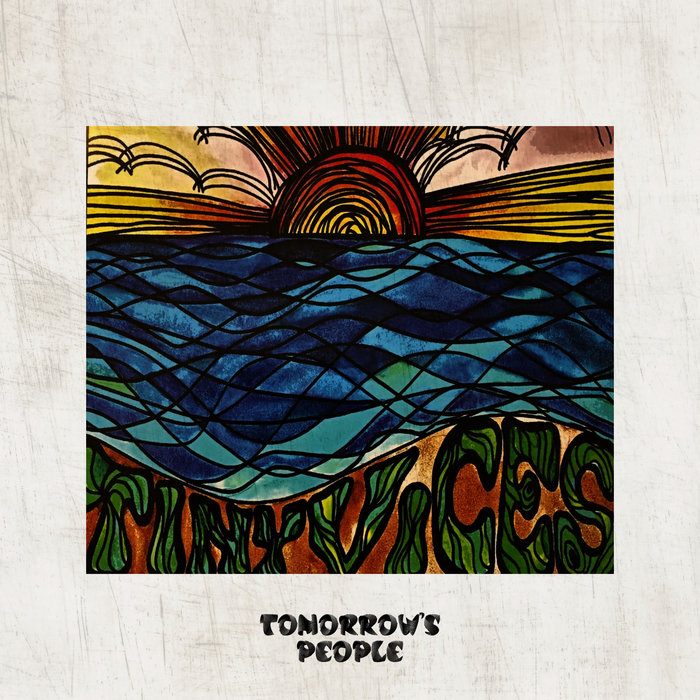
Follow You I – Mango Hill Records
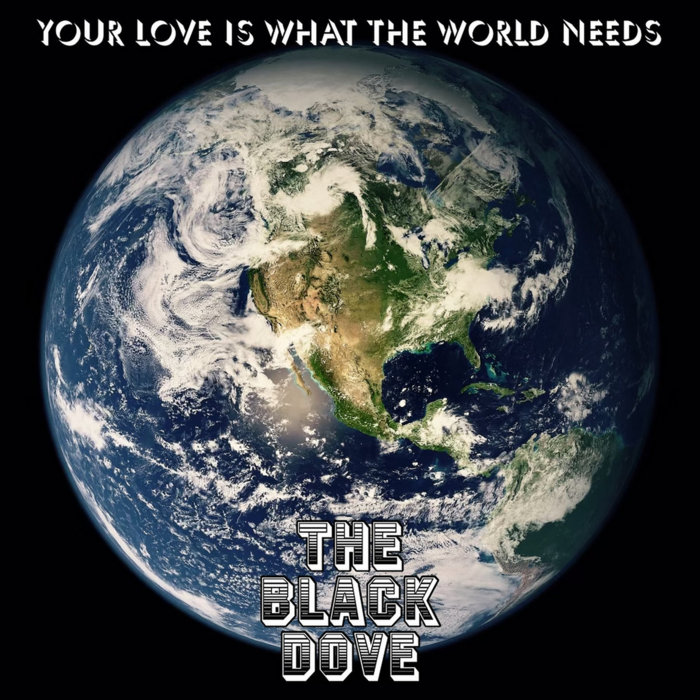
Your Love Is What The World Needs – Mango Hill Records
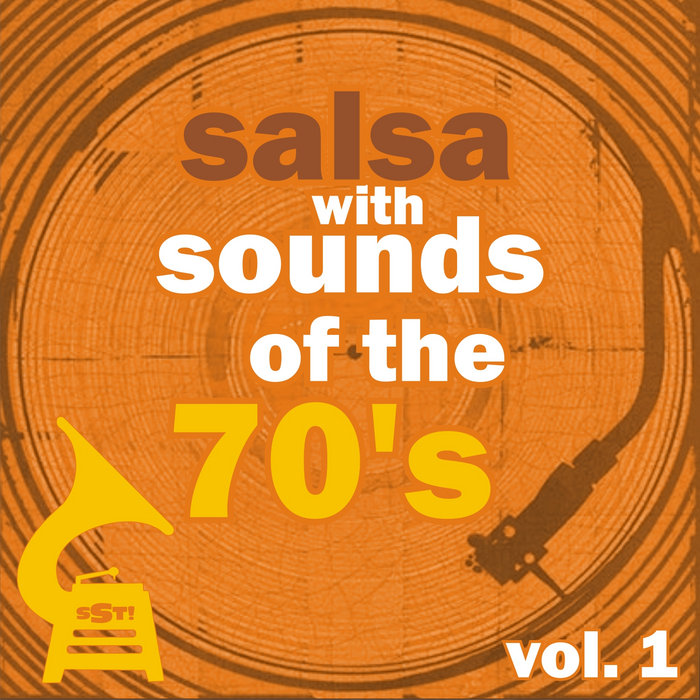
Guaguanco Pa Borinquen – Steve Hernandez – Salsa with Sounds Of The 70’s